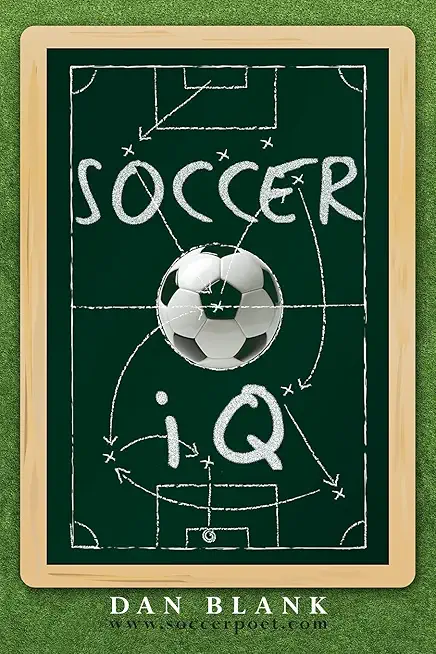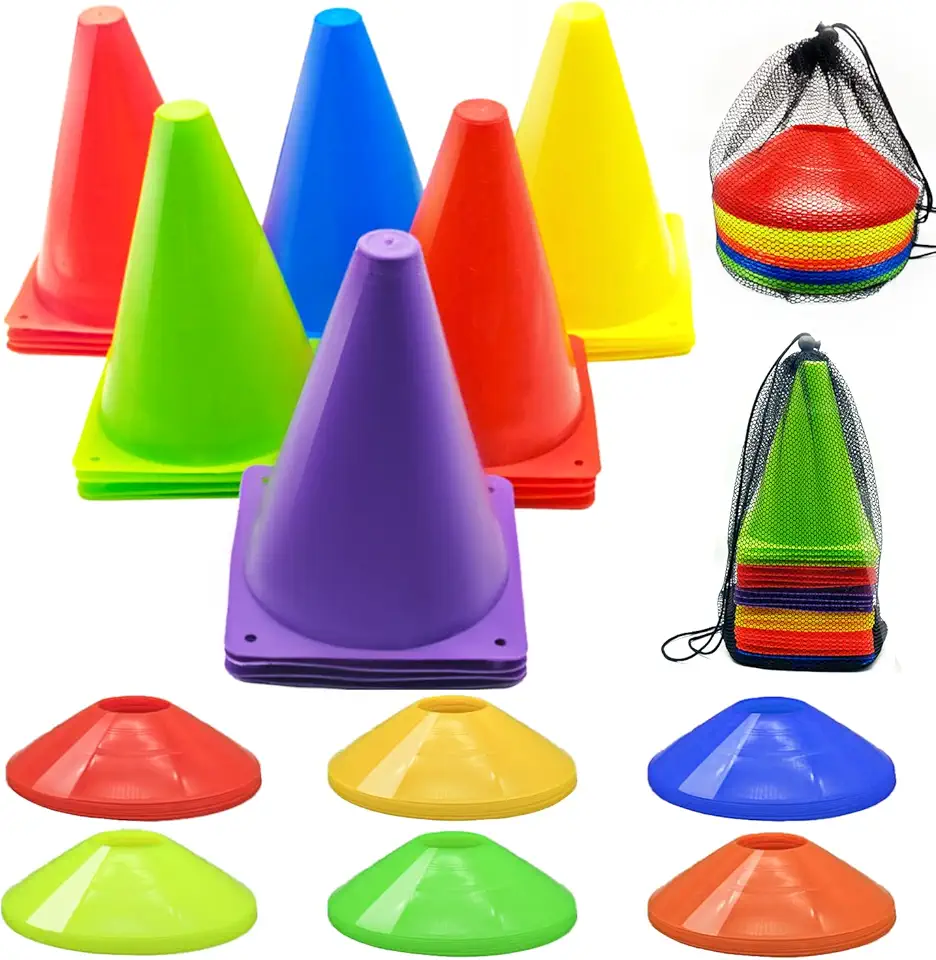As a parent or an aspiring coach for young soccer players, understanding the top soccer positions on the field for beginners is crucial. This foundational knowledge will not only elevate your child's skill set but also enhance their enjoyment of the game. In this comprehensive guide, you’ll explore each position’s responsibilities, tips for mastering them, effective drills for improvement, a comparison of valuable training aids, and frequently asked questions. So let's kick off your journey into the beautiful game.
Understanding Soccer Positions
Soccer is a dynamic sport filled with various positions, each with a unique role on the field. For beginners, it's essential to grasp these positions to develop their skills and strategies effectively.
Learn the Basic Positions
- Goalkeeper (GK): The last line of defense and the only player allowed to use their hands, the goalkeeper's primary job is to protect the goal from the opposing team's shots.
- Defenders (DF): - Center Backs (CB): Positioned centrally, these players focus on blocking attacks and winning aerial duels. - Fullbacks (FB): Positioned on the flanks, fullbacks have dual responsibilities of defending against wingers and supporting the attack by joining forward runs.
- Midfielders (MF): - Central Midfielders (CM): Acting as a bridge between defense and attack, central midfielders control the game's tempo and facilitate ball distribution. - Wide Midfielders (WM): Positioned on the sides, these players create width in the attack and often track back to support defenders.
- Forwards (F): - Strikers (ST): The primary attackers, strikers are charged with scoring goals and often the focal point of the offensive play. - Wingers (WG): Positioned on the edges of the field, wingers use their pace and dribbling skills to create scoring opportunities.
Key Responsibilities for Each Position
Understanding each position's key responsibilities will give beginners insights into their roles during a match.
Goalkeeper:
- Protect the goal: Your main duty is to stop shots on goal.
- Manage crosses and long balls: Anticipating aerial threats and effectively dealing with them is critical.
Defenders:
- Mark opponents: Staying close to attackers, denying them space and options.
- Win the ball back: Using timing and strength to tackle effectively.
- Support midfielders: Contributing to the team's build-up play from the back.
Midfielders:
- Control the tempo of the game: Dictating the pace, knowing when to speed up or slow down play.
- Distribute the ball effectively: Making accurate passes to maintain possession.
- Create scoring opportunities: Finding spaces and players to initiate attacks.
Forwards:
- Score goals: The primary focus is to convert chances into goals.
- Create chaos in the box: Distracting defenders and making space for teammates.
- Link up with midfielders: Establishing short passes and movement to facilitate attack.
Mastering Your Position: Tips and Tricks
Once beginners understand these positions and their responsibilities, the next step is to master them through practice.
Goalkeeper:
- Learn to handle crosses and long balls: Focus on positioning and timing to catch or deflect balls effectively. Consider utilizing resources such as The Youth Soccer Handbook to understand these skills better.
- Practice shot-stopping and ball-handling skills: Building agility and hand-eye coordination is critical.
Defenders:
- Focus on marking opponents effectively: Keep close to opposing attackers and anticipate their movements.
- Improve tackling and intercepting skills: Use techniques and strategies found in Soccer Smarts for Kids to refine your defensive play.
Midfielders:
- Develop your passing range and vision: Practice with your teammates, focusing on different passing techniques.
- Learn to read the game: Anticipate plays and make smart decisions based on field positions. Again, refer to The Youth Soccer Handbook for structured drills and tips.
Forwards:
- Practice finishing techniques and movement off the ball: Work on positioning yourself in prime goal-scoring areas.
- Improve your ball control and dribbling skills: Using the OHLEsport Pro Soccer Training Aid can help sharpen your techniques.
Drills to Improve Your Position
To develop skills specific to each position, engaging in targeted drills is key.
Goalkeeper:
- Practice shot-stopping with items like the Soccer Cones Set for goal mark positioning.
- Work on your footwork and agility: Quick lateral movements can make the difference during plays.
Defenders:
- Conduct tackling drills: Work with a training partner or use cones to simulate opposing players.
- Practice intercepting passes: Set up games where you focus solely on winning the ball back.
Midfielders:
- Run passing drills: Set up scenarios where you practice various types of passes with your teammates.
- Focus on improving your first touch and ball control: Use equipment that lets you visualize space usage on the field (like cones).
Forwards:
- Work on your finishing techniques using the aforementioned cones to challenge your precision.
- Practice dribbling drills to enhance your ball control and creativity in attack situations.
Comparison Table: Top Soccer Training Aids
To help you and your child get the best training aids available, here’s a comparison table of two excellent products that can elevate their skills on the field:
| Product | Description |
|---|---|
| OHLEsport Pro Soccer Training Aid | Adjustable height, great for improving footwork, ball control, and first touch. Ideal for both forwards and midfielders. |
| Soccer Cones Set, 84/42Pcs 7"/9" Cones Sports + Disc Cones | Durable cones for drills and training, perfect for goalkeepers and defenders focused on improving agility and spacing. |
FAQ: Top Soccer Positions
To address common questions beginners may have, here are a few frequently asked questions:
- Q: What are the most important positions on the field? - A: Goalkeeper, defenders, midfielders, and forwards are all crucial. Each role contributes uniquely to team dynamics.
- Q: How do I improve my position-specific skills? - A: Regular practice using tools like the OHLEsport Pro Soccer Training Aid or the Soccer Cones Set will yield significant improvements. Additionally, reading resources such as The Youth Soccer Handbook provides practical tips.
- Q: What are some common mistakes beginners make in each position? - A: Beginners often overlook the importance of positioning and lack communication with teammates. To learn insights on smart play, consider reading Soccer IQ: Things That Smart Players Do, Vol. 1.
Conclusion
Navigating the soccer field and mastering the top soccer positions on the field for beginners is an engaging journey. By understanding the roles, practicing diligently, utilizing valuable resources, and focusing on specific skills, young players can develop their confidence, technique, and love for the game.
With this guide, parents and coaches can equip budding soccer players with the knowledge they need to excel. Encourage consistent practice with drills tailored to each position, enhance skills with training aids, and support their growth in the beautiful game. Soccer is about teamwork, joy, and progress—help your child embrace it all!





